Last updated on 2025-08-01
A review and Photo example of the KONICA M HEXANON 28mm F2.8.
- Please see the disclaimer regarding advertising here.
- Italicized links in the text are advertisement links that take you to other sites.
Table of contents
Gallery
- The sample photo were taken with the LEICA M8
Review
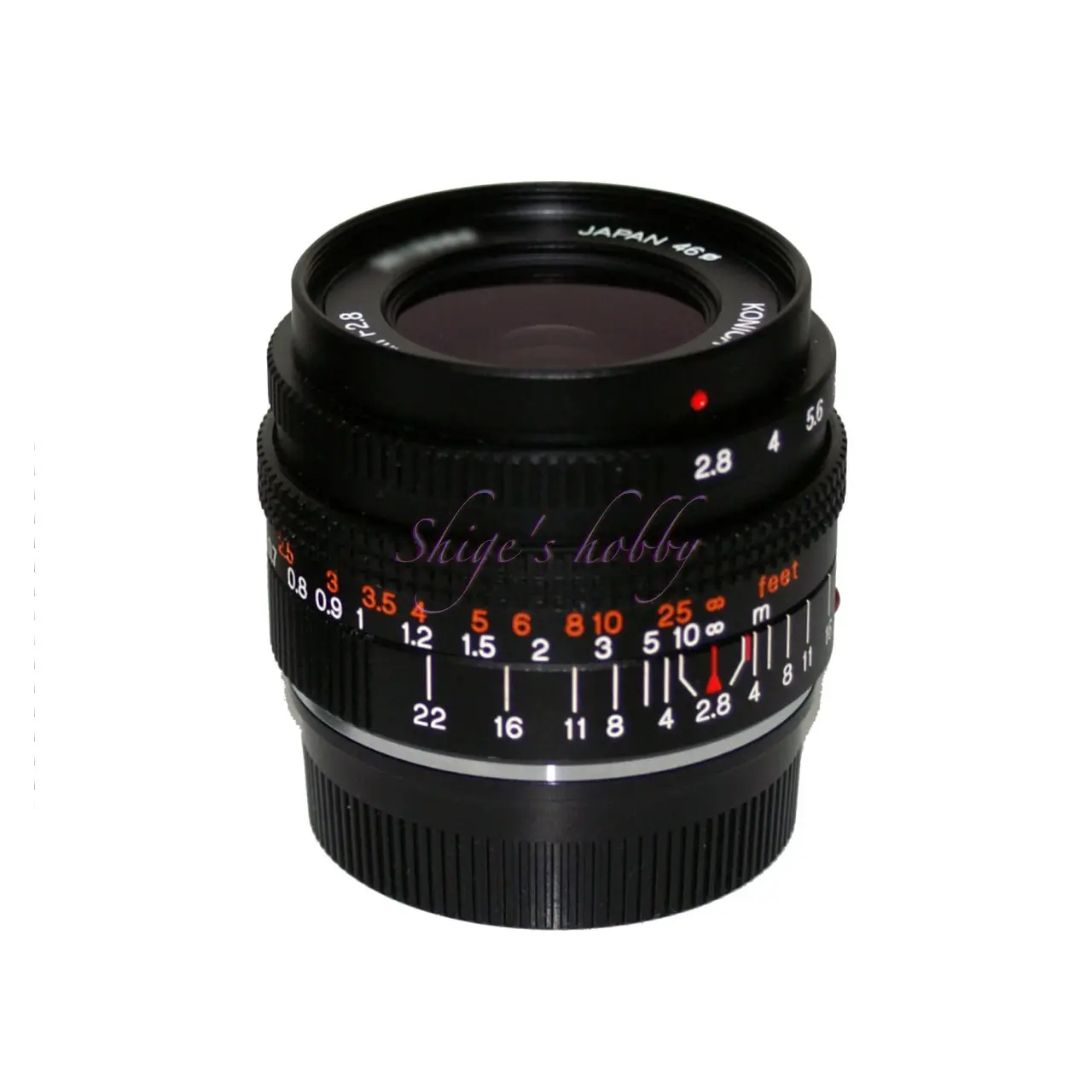
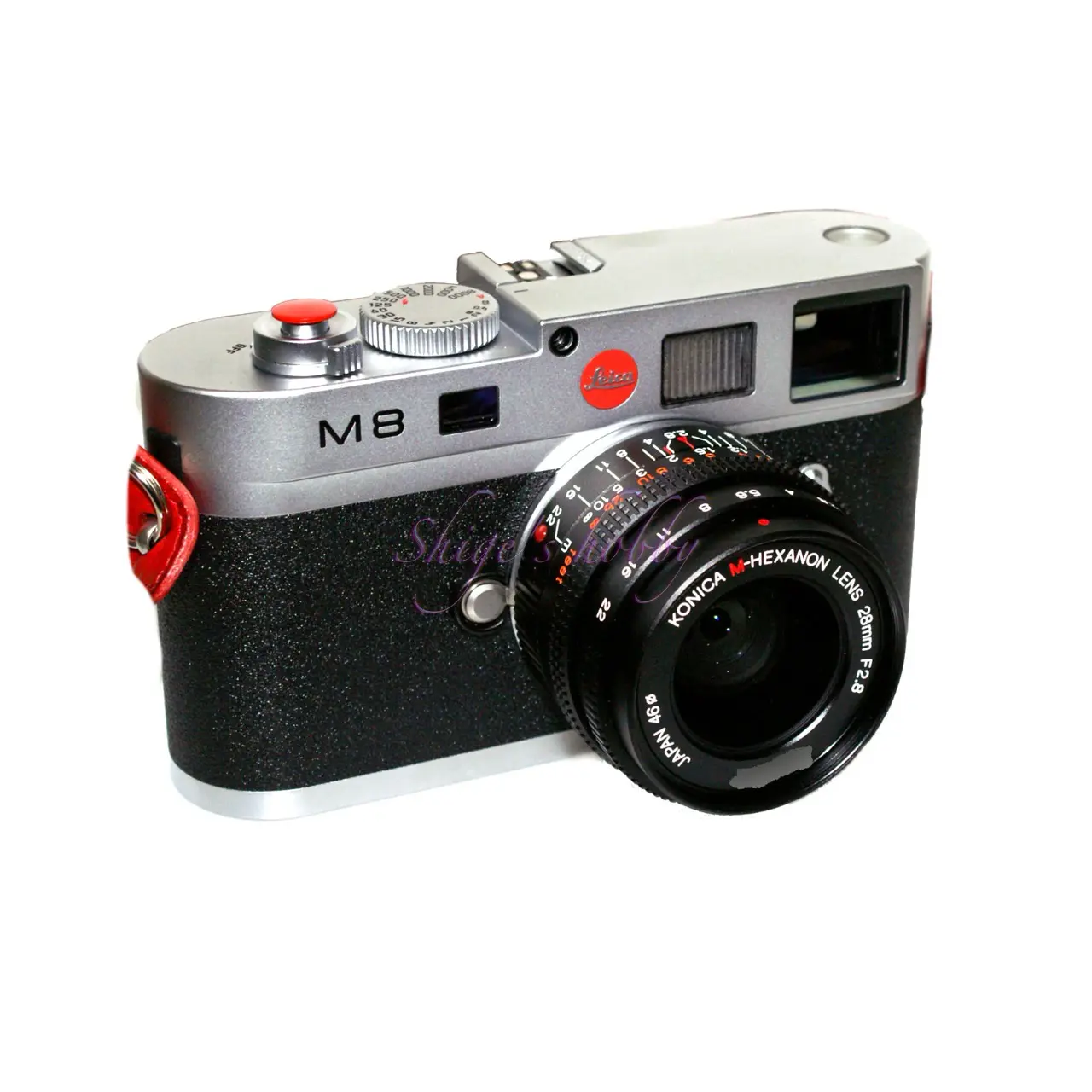
1.Overview
The Hexanon 28mm F2.8 is a wide-angle lens for the Leica M mount made by Konica, released in 1999 at the same time as the electronic rangefinder camera HEXAR RF.
The title “Elmarit M? HEXANON 28” is explained in the Specification.
The main specifications are as follows, and detailed specifications are listed in the table.
- Aperture: 2.8
- Lens construction: 8 elements in 7 groups
- Aperture blades: 10
- Minimum focusing distance: 0.7m
- Leica M rangefinder camera rangefinder coupling: 0.7m
- Hood: 46mm screw-in, with rotating mechanism to ensure visibility of the rangefinder window
The lens’ features are explained in detail in the technical report.
2.Usability
The Hexanon 28mm F2.8 is a perfect modern 28mm lens with vivid colors, delicate depiction, and abundant peripheral illumination. It is the widest angle lens among Konica’s M-mount lenses, excluding the bifocal 21-35mm.
I used a used lens, but the focus ring rotates smoothly, and since the thickness of the lens barrel matches the outer diameter of the M-mount, which is 52mm, it is not difficult to operate even though it is not equipped with a focus lever.
The aperture ring also stops comfortably at 1/2 click stops.
The camera with which this lens was used was the Leica M8, and since the sensor size is APS-H size, the peripheral area is clocked and cut off, so I cannot evaluate the peripheral area.
I would like to have an example of a full-size sensor, but in the fierce battle for 28mm focal length that I own, I did not use it frequently, so I gave it up before introducing the Leica M9. Also, I have not used this lens with a film camera, so I do not have any film left.
In terms of performance, the lens is more than adequate, but it is a bit uninteresting compared to the other 28mm focal length lenses which are rich in individuality.
3.Summary
Although the market price of the Hexanon 28mm is relatively inexpensive, the list price is quite high, and as a result, the lens barrel and other parts are well-made and cost-effective.
The lens structure is almost similar to the well-known Elmarit, so it is a good choice if you don’t want to spend too much money on a wide-angle lens. However, it is not very interesting compared to the 28mm focal length lenses, which are full of individuality.
In addition, it is rare to see a Hexanon 28mm lens that is cloudy like an old lens, so the quality of the adhesive used to bond the lens is good, and it should be possible to continue using it without any major problems in the future.
Specification and Competitor
The Hexanon 28mm F2.8 is almost the same lens size as the 4th generation Leica Elmarit 28mm, and the lens configuration is also very similar.
Since both lenses have the same focal length and maximum F value, it is quite possible that they will end up with a similar lens configuration. However, considering the timeline in which the 4th generation Elmarit was released in 1992 and the Hexanon 28mm was released in 1999, it is inevitable that the Hexanon 28mm was made with the Elmarit in mind.
I cannot verify the facts, so I would like to emphasize that the above is just a guess based on the lens configuration diagram and timeline.
- The lens construction diagrams are quoted from each company’s materials, and the sizes have been adjusted by us, so they are not exact.
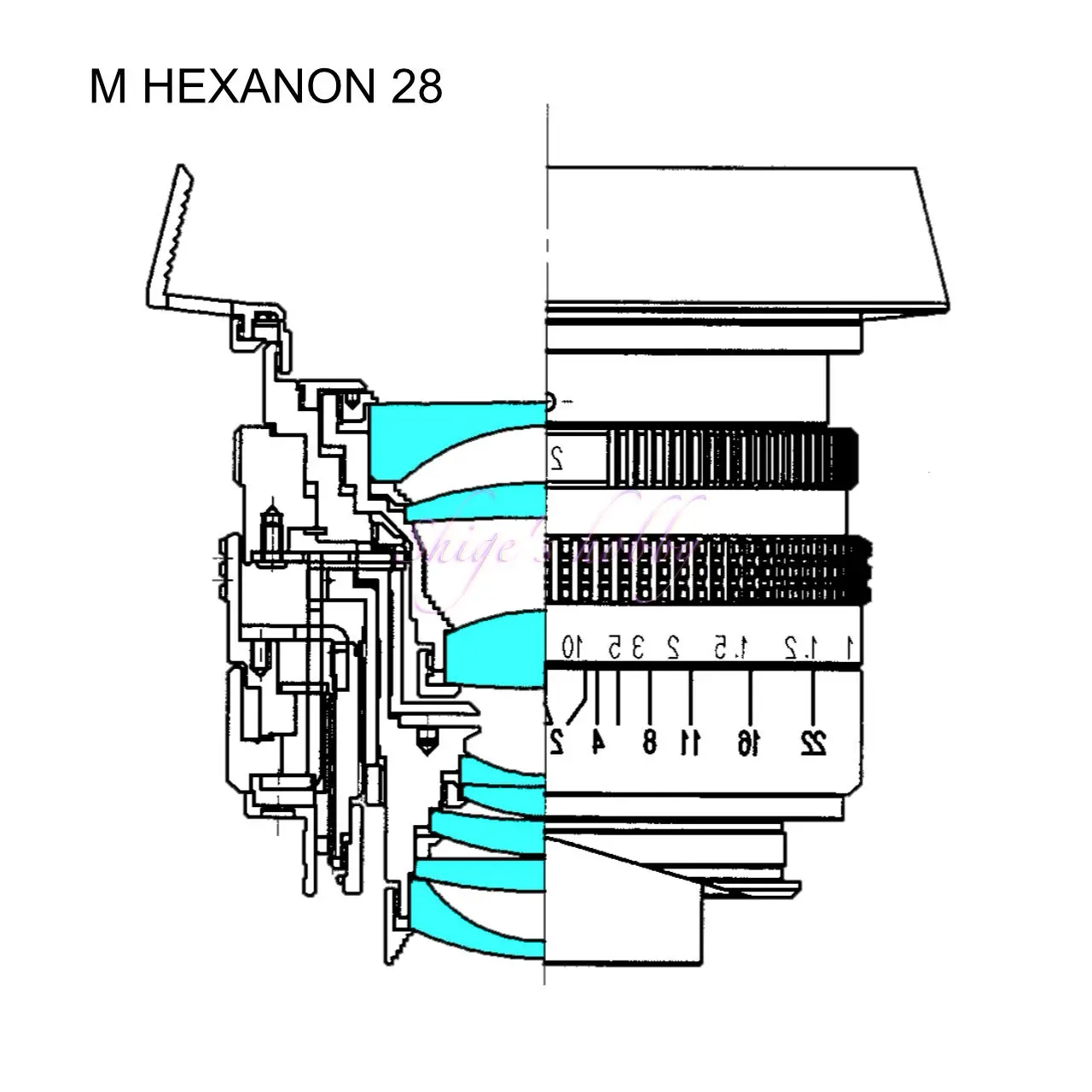
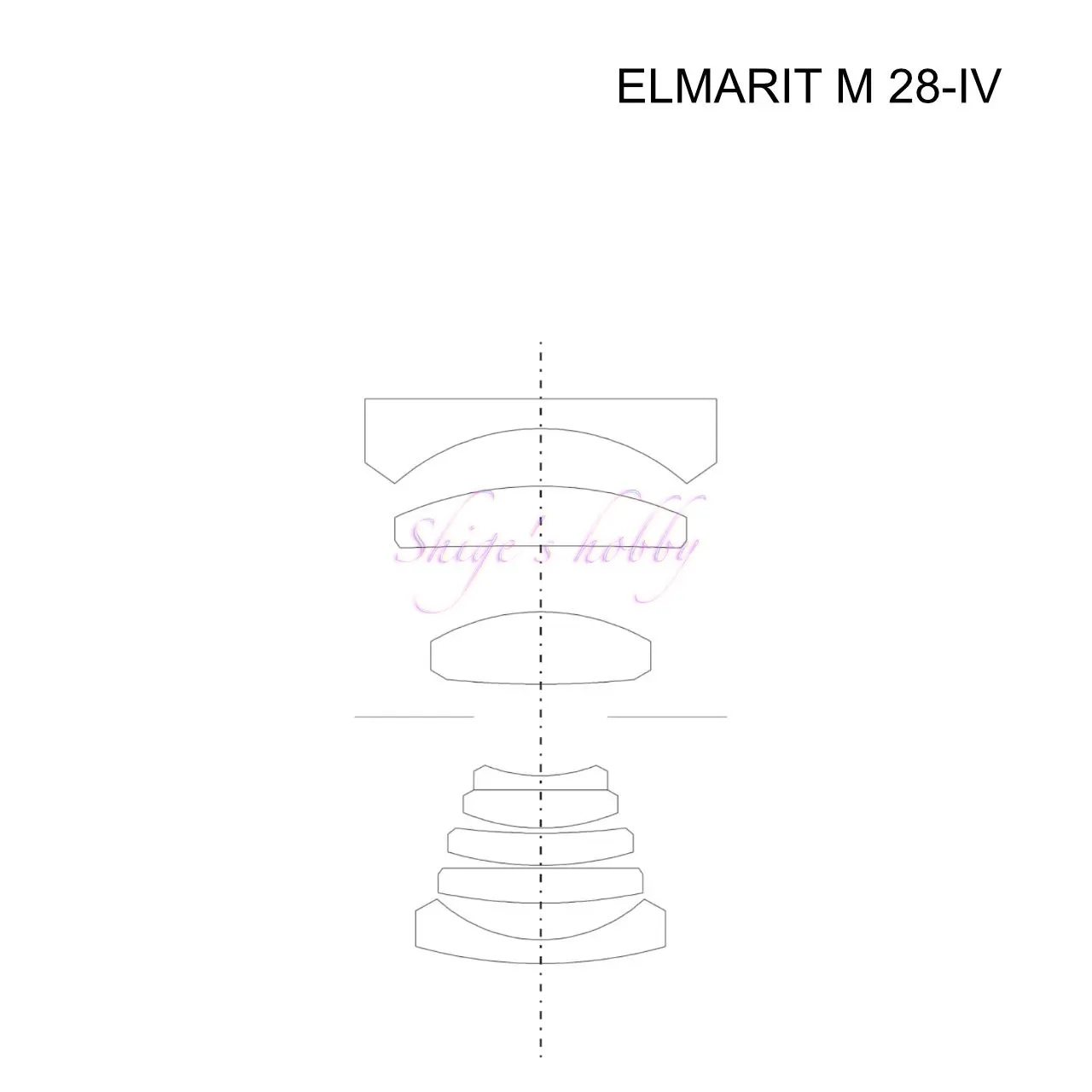
| Item | KM HEXANON | ELMARIT IV |
| focal length(mm) | 28 | 28 |
| Maximum aperture | 2.8 | 2.8 |
| Minimum aperture | 22 | 22 |
| Leaf blade | 10 | 8 |
| Lens configuration | 8 elements in 7 groups | 8 elements in 7 groups |
| Minimum distance(m) | 0.7 | 0.7 |
| Lens length(mm) | 40.4 | 41.4 |
| Lens max diameter(mm) | 52 | 53 |
| Filter type | 46 | 46 |
| Weight(g) | 230 | 260 |
| Hood | Round, Slotted, Screw-in | Square hook type |
| Lens mount | KM | M |
| Release date | 1999 | 1992 |
| Production numbers | – | 10,130 |
| Price | ¥113,000 | ? |
| Focal length | Lens name | Release date | Technical Report |
| 28mm | M-HEXANON f28 / F2.8 | 1999年 | 28/50/90mm-PDF |
| 50mm | M-HEXANON f50 / F2 | 1999年 | 28/50/90mm-PDF |
| 90mm | M-HEXANON f90 / F2.8 | 1999年 | 28/50/90mm-PDF |
| 35mm | M-HEXANON f35 / F2 | 2000年 | 35mm-PDF |
| 50mm | M-HEXANON f50 / F1.2 | 2001年 | 50mm/F1.2-PDF |
| 21-35mm | M-HEXANON f21-35 / F3.4-4 | 2002年 | 21-35mm-PDF |
Affiliate links

- Please see the disclaimer regarding advertising here.
- Italicized links in the text are advertisement links that take you to other sites.
Reference links
Update
- 2025.03.27
- 2024.05.16:Update the article
- 2024.02.22:Update the article
- 2022.05.15:First draft

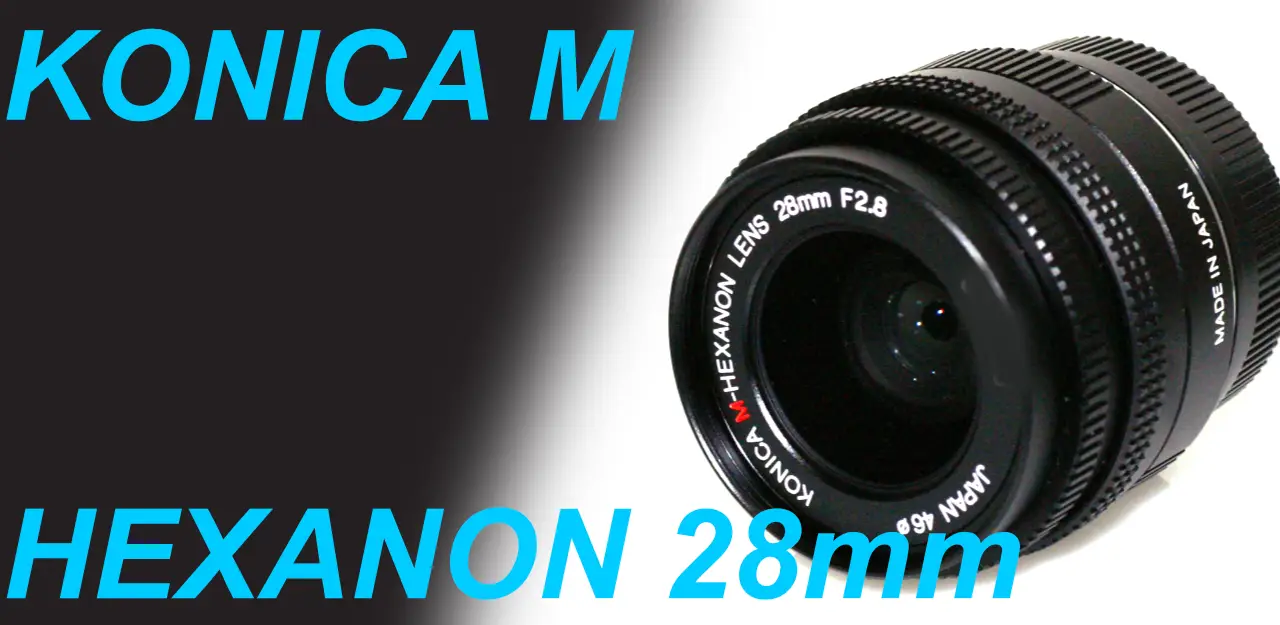

Be First to Comment